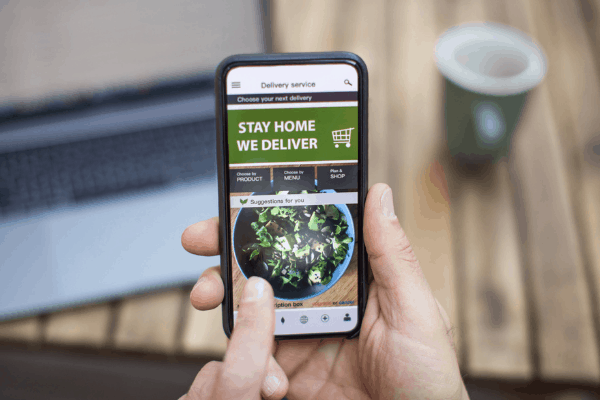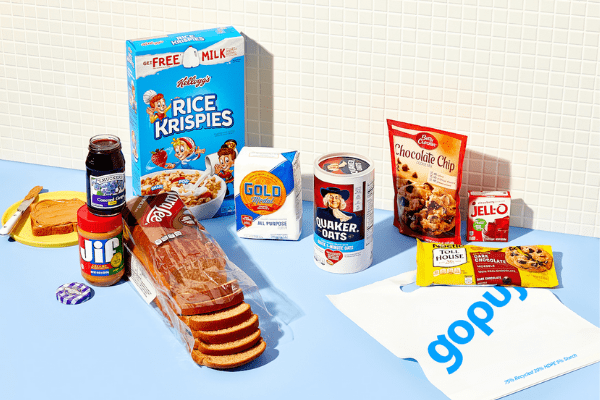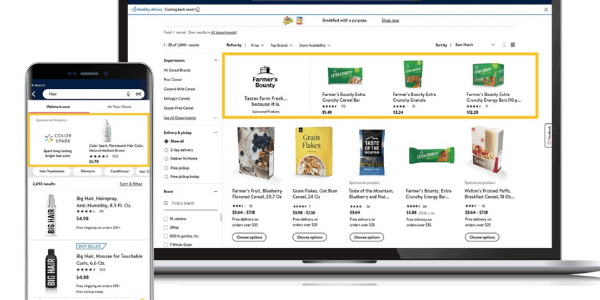In the early days of the pandemic, many in digital retail marketing were rightfully concerned about what marketing was appropriate for an unprecedented time. Especially in the early days of the crisis, brands weren’t sure if they should pull back on advertising, push forward, change messaging, or simply how to proceed.
And the answer lies in striking a balance: sending audiences information that builds trust in the brand and provides utility for shoppers without seeming either opportunistic or insensitive.
With the pandemic’s end closing in, brands should still be careful about their marketing in order to create meaningful interactions with customers during a time when business is still anything but usual.
Make sure your digital retail marketing stays on-topic and sensitive
When it comes to the COVID-19 crisis, most consumers have tried to not just stay abreast of the latest safety guidelines, but also to make sure their purchases are ethical. According to a recent study by NBC Universal Advertising Sales, 69% of consumers want brands to address the pandemic in their messaging. But that doesn’t mean that just any message will do. When it comes to marketing during the pandemic, content matters more than ever before.
The same study found that consumers want more messaging. In fact, 61% say they would like to see the exact same amount of brand communication. However, 72 percent of those surveyed say they will definitely be “more thoughtful about” which brands they chose even post-COVID.
Right now, consumers want to know that the retailers they choose are handling the pandemic ethically and transparently. Bombarding customers with more messages than ever before probably won’t make much difference when it comes to short-term sales or long-term loyalty, but being open about exactly how companies are looking to navigate responsibly could mean building long-term relationships with consumers who are looking for retailers they can trust right now.
Be aware that customers have other things on their minds
During the pandemic, it often seems like every consumer choice is carefully considered right down to purchasing items in an online shopping cart. As many safety measures have meant in-store browsing is temporarily not an option, the inability to browse the aisles and physically see and test out products means that many are pondering purchase decisions based solely on pictures and online reviews. Naturally, this change, coupled with myriad other pandemic stressors, has meant some shoppers are stepping away from their carts at a higher rate than before.
Retailers that seek to add clarity to the purchasing process, rather than simply sending reminder after reminder about an abandoned cart, inadvertently adding to the stress of the decision-making process, are much more likely to make inroads with indecisive buyers. For example, making clear the store’s return policy or stressing the ease of curbside pickup in light of restrictions is an important bit of information that could help nudge customers towards making a purchase.
Don’t forget about mobile
Bridging the gap between the new online shopping norm and the slow return to offline retail experiences has, for many consumers, meant an increasing reliance on mobile technology. According to a study by App Annie as the pandemic started, there were 14.4 million shopping apps downloaded in the U.S. during the first days of the shutdowns, Furthermore, 59% of U.S. adults now say that they actually prefer shopping on their phones.
In order to make the most of those new customers, retailers need to use mobile to link their online and offline experiences, offering greater personalization in the process. Home Depot is one brand leading the charge in making the mobile experience an important part of its marketing strategy.

Home Depot’s mobile app automatically connects users to their local Home Depot, supplying at a glance information about which items are in stock and available for curbside pickup and even offers tools to estimate which and what quantities of its products users will need for their home improvement projects. At a time when not much is certain, Home Depot’s app offers customers something that is sorely lacking in most of our day-to-day lives: control.
Look toward brighter days
Even brands that might be seeing a dip in sales right now, as shopping in-store is difficult and consumers are experiencing economic anxiety, can ensure that their messaging isn’t wasted by focusing on the brighter days ahead. One brand that is betting on the future is Ford. During the covid-19 crisis, the company has focused much of its messaging on how Ford has done its part in the past by manufacturing military supplies during WWII, as well as focusing on the ways Ford is helping out during the covid-19 crisis by helping to manufacture much-needed medical equipment.
This messaging isn’t necessarily about the current moment, it’s about keeping Ford top of mind for the future, Andrew Georgescu, Ford’s head of content marketing in the U.S, recently told Think With Google: “117 years of resilience has taught us that we will get through this. But it’s a critical time that calls for action and cooperation.”
Focusing on ways retailers can cooperate with customers in a time of crisis–as well as keeping audiences informed of those strategies—is an important way brands can make sure their customer relationships weather the storm.
For more information on how retail brands can create customer experiences that drive transformative growth as the world shifts towards a new retail normal, click here.






